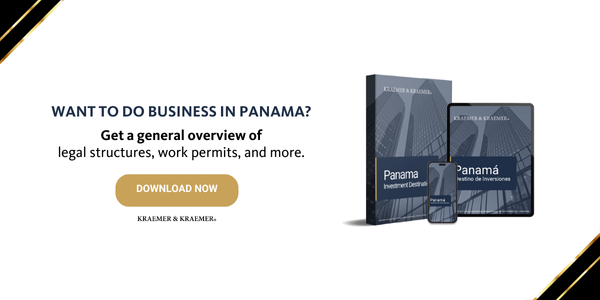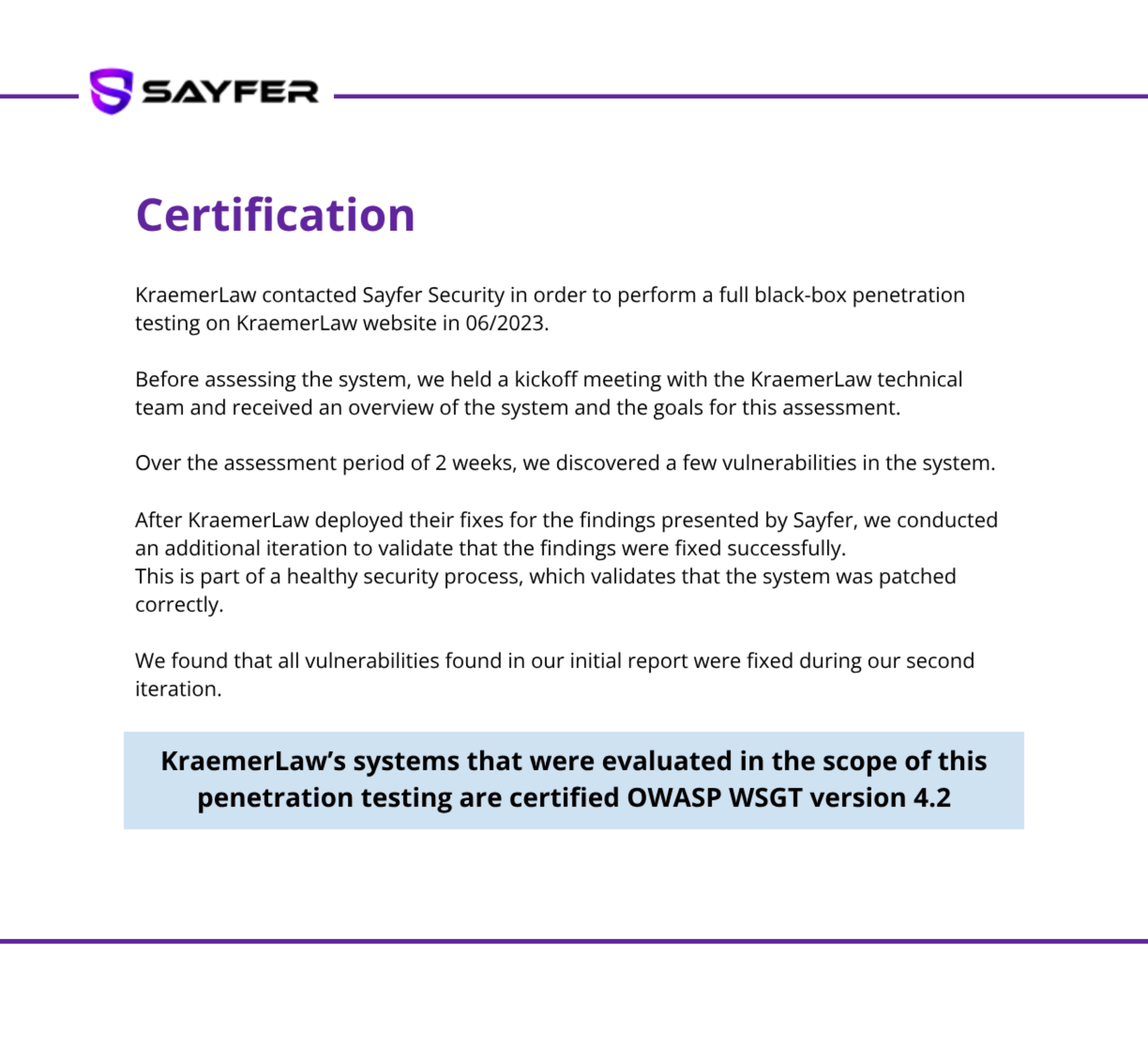A free economic zone is a specifically designated area within a country where trade and fiscal policies are different from those of the rest of the territory. They promote foreign investment, encourage exports and stimulate local development. They also offer unique incentives, such as reduced taxes, tariff exemptions and simplified administrative procedures.
In this article we will learn about the specific characteristics of free economic zones, their benefits and limitations, as well as outstanding examples of their implementation around the world.
The Primary Characteristics of a Free Economic Zone
Although the concept may seem easy, it is relevant to recognize that there is no universal answer to the question: What is a Free Zone?, as each country adapts its approach to meet its own objectives. However, one of the specific characteristics of these areas is their focus on economic growth.
By offering tax breaks and other advantages, these free economic zones aim to attract multinational companies and foreign investments. They are usually located near major ports or airports, which allows for easier movement of goods and supports the export-driven nature of the businesses operating within.
It is also worth noting that free economic zones typically function with a degree of autonomy, with local authorities managing their standards to encourage commercial activity. The absence of customs intervention in many cases further facilitates operations. This does not mean that there are no regulations; on the contrary, as mentioned above, each country defines and regulates them based on its own criteria.
Is There a Difference Between a Special Economic Zone (SEZ) and a FTZ?
Commonly, these terms are often used synonymously, but the truth is that there is a distinction between a special economic zone (SEZ) and a free trade zone (FTZ). While an FTZ is considered a specific type of SEZ, their purposes, regulatory frameworks, and operational structures vary. The following table highlights the key differences between the two.
| Aspect | Special Economic Zones (SEZs) | Free Trade Zones (FTZs) | |
|---|---|---|---|
| Scope | Broad economic increase, supporting multiple sectors such as manufacturing, services, and technology. | Narrow focus on trade-related activities like warehousing, logistics, and re-exporting goods. | |
| Primary Objectives | To foster industrial evolution, promote exports, and attract different foreign investments. | Accelerate commercial processes, reduce costs, and improve the logistics of import/export works. | |
| Activities | Manufacturing, research and development, services, and technological innovation. | Storage, distribution, light processing, and re-exporting merchandise. | |
| Regulatory Environment |
Operate with semi-autonomous policies covering taxes, labor, and land use to attract multinational companies. | Governed by easier trade regulations aimed at customs exemptions and duty-free operations. | |
| Infrastructure | Includes industrial parks, business centers, and installations for many economic activities. | Focuses on storage facilities, cargo handling, and logistical infrastructure. |
Different Classifications of Free Economic Zones
Free Trade Zones (FTZs)
As mentioned above, free trade zones are established to facilitate the storage, handling, and redistribution of goods with minimal regulatory oversight. The free trade zone benefits are due to its location near, principally ports or airports that provide logistical advantages. They focus on import activities of merchandise for re-export, warehousing and light assembly work.
Export Processing Zones (EPZs)
These free economic zones concentrate on producing goods specifically for export. Businesses operating in EPZs benefit from duty-free imports of raw materials and machinery needed for manufacturing. Their focal point is on promoting exports and integrating domestic industries into international supply chains.
Industrial Parks
These zones cater to specific industries, such as textiles, automotive, or electronics. They provide adapted infrastructure and resources to contribute specialized industrial activities.
Technology Parks
These free economic zones encourage innovation and attract high-tech industries. They often host startups, institutions, and multinational corporations focused on technology. They aim to promote research and development (R&D) and build support between academia and industry.
Airport-Based Zones
These are situated near major international airports and specialize in activities such as logistics, cargo handling, and e-commerce. Their main advantage is faster movement of goods and integration with international supply chains.
Logistics Parks
These zones are dedicated to warehousing, transportation, and distribution, often serving as centers for international trade networks. They enable the reduction of transit costs and improve supply chain efficiency.
Free Economic Zones Benefits and Disadvantages

Free economic zones offer certain financial and social benefits, but they also have some disadvantages that must be considered.
Benefits of Free Economic Zones
- Increased Investments: Free economic zones create favorable conditions for foreign investments by reducing regulatory burdens, implementing investor-friendly policies and offering tax benefits. For example, companies established in Panama’s free zones enjoy income tax exemptions. These incentives encourage capital inflow, which drives local economic growth.
- Export Growth: These zones are important for promoting exports by reducing barriers to international trade. Export-focused zones, such as EPZs, allow businesses to operate more competitively in international markets.
- Job Creation and Ability Development: By attracting companies, free economic zones generate employment opportunities, improving skill building among local populations. An example of this is the Colon Free Zone in Panama, which generates more than 30,000 direct jobs and more than 60,000 indirect ones.
- Proximity to Principal Ports and Airports: Strategic locations near major ports reduce transportation costs and delivery times, making these zones ideal for trade-centric businesses.
- Support for Development: By concentrating industries in one location, free zones accelerate industrial development and promote innovation.
Disadvantages of Free Economic Zones
- Limited Domestic Integration: Despite the local benefits, many free economic zones operate in isolation from the rest of the national economy. This results in limited connections with local industries outside the zone, reducing their ability to have a broader economic impact on the country. In other words, their contribution tends to be concentrated in the regions where they are located, without driving significant economic development in other areas.
- Environmental Concerns: Industrial activities in these zones can lead to air and water pollution, waste management issues, and other environmental challenges.
- Social Issues: The influx of workers to free economic zones can strain local infrastructure, leading to housing shortages, higher living costs, and social tensions.
- Regulatory Loopholes and Exploitation: Inadequate oversight can lead to tax evasion, smuggling, or counterfeit trade within free zones.
Some of the Most Successful Special Economic Zone Examples
Many free economic zones have achieved remarkable success in encouraging economic growth and attracting foreign investments. These cases demonstrate how the implementation of well-designed strategies, such as tax incentives, trade-friendly policies, and infrastructure development, can turn financial goals into concrete results.
- Colon Free Zone
Located near the Atlantic entrance of the Panama Canal, the Colon Free Zone is one of the largest free trade zones in the Western Hemisphere. It functions as a warehousing, re-export and commercial center for consumer goods, electronics and textiles.
- Panama Pacifico Special Economic Zone
Located near the Pacific entrance of the Panama Canal, Panama Pacifico is a free economic zone created to support industrial development, logistics and high-tech industries. It focuses on advanced management, manufacturing and service businesses. It is home to multinational companies such as Dell and Caterpillar.
- City of Knowledge (Ciudad del Saber)
Located near the Panama Canal, the City of Knowledge is one of the most Successful Special Economic Zone Examples that promotes education, investigation and innovation. It houses universities, research centers, international organizations and United Nations offices. It supports emerging companies and innovative projects, contributing to the diversification of Panama’s economy.
- China’s Shenzhen SEZ
Established in 1980, Shenzhen was one of the first special economic zones in China. Its transformation from a fishing village into an international center for technology and innovation showcases the potential of free economic zones to conduct commercial and business activities.
- Dubai’s Jebel Ali Free Zone (UAE)
Recognized as one of the most famous free trade zones in the world, Jebel Ali Free Zone serves as a principal logistics and trade center for businesses in the Middle East, South Asia, and Africa. Its proximity to major ports has been a clue factor in its success.
- Shannon Free Zone (Ireland)
Established in 1959, this was one of the first free trade zones and set an international example for how such zones could attract investments and promote economic growth.
In summary, free economic zones are important in attracting foreign investment, increasing exports and financial progress. While they pose challenges, the free trade zone benefits often outweigh their drawbacks, particularly when they are well regulated and aligned with a country’s long-term objectives. Examples such as Panama Free Zones highlight the potential of these zones to transform regional economies and create opportunities for multinational companies from around the world.
Get the Right Support for Your Business
At Kraemer & Kraemer, our team of seasoned attorneys specializes in corporate law, offshore investments, and international trade. We provide expert legal advice to help you make the most of the benefits offered by Panama free economic zones. Contact us today to start building your business.


